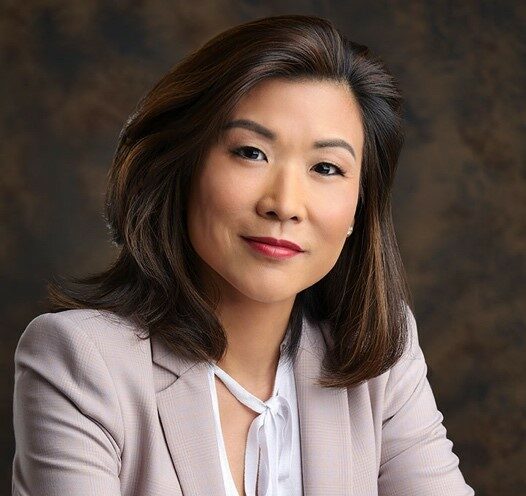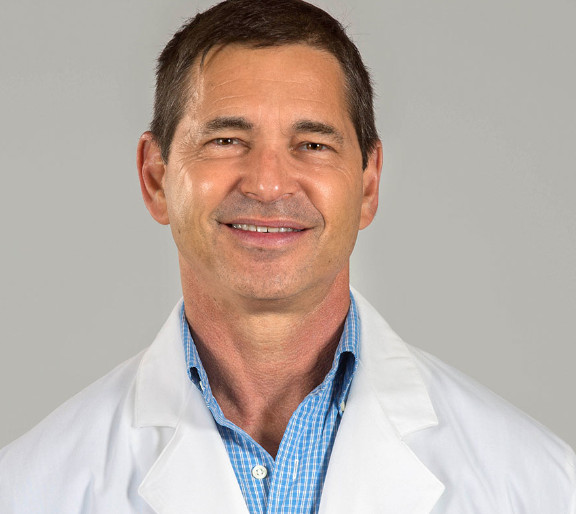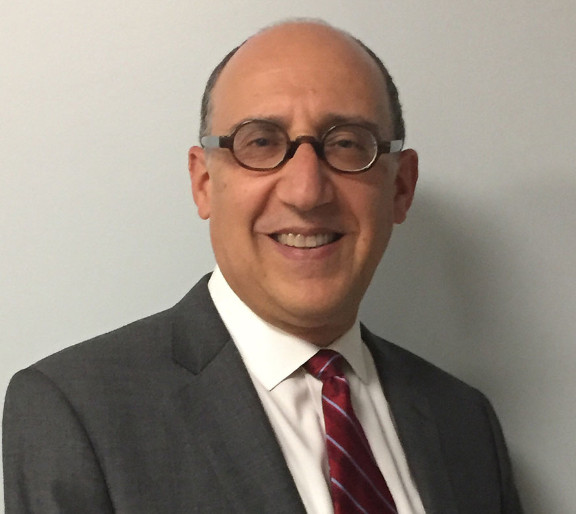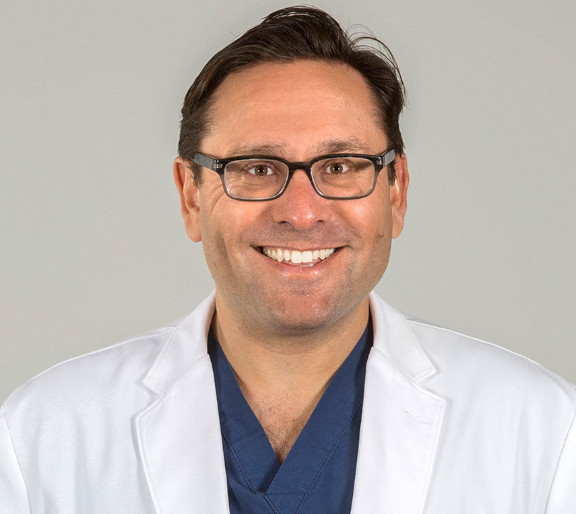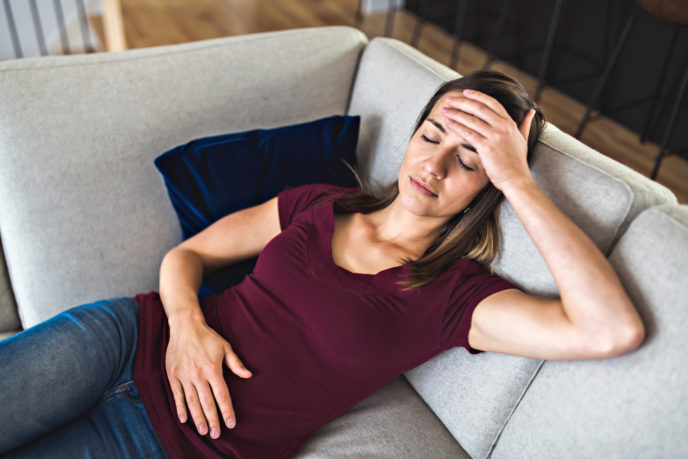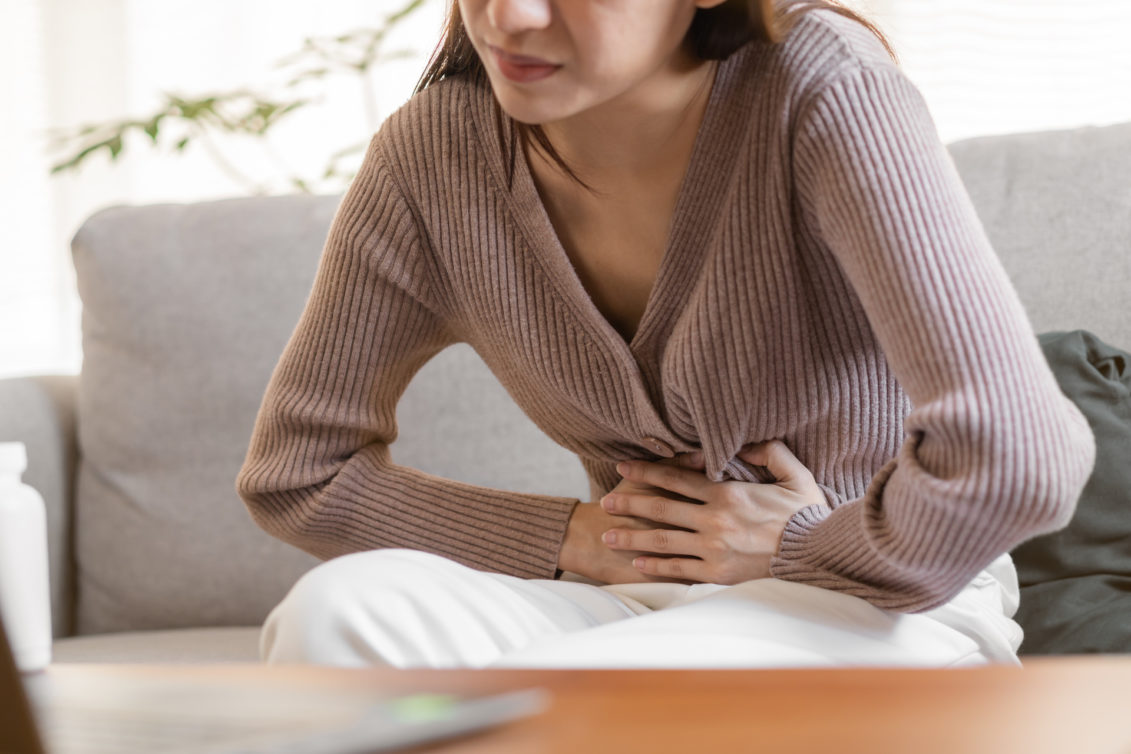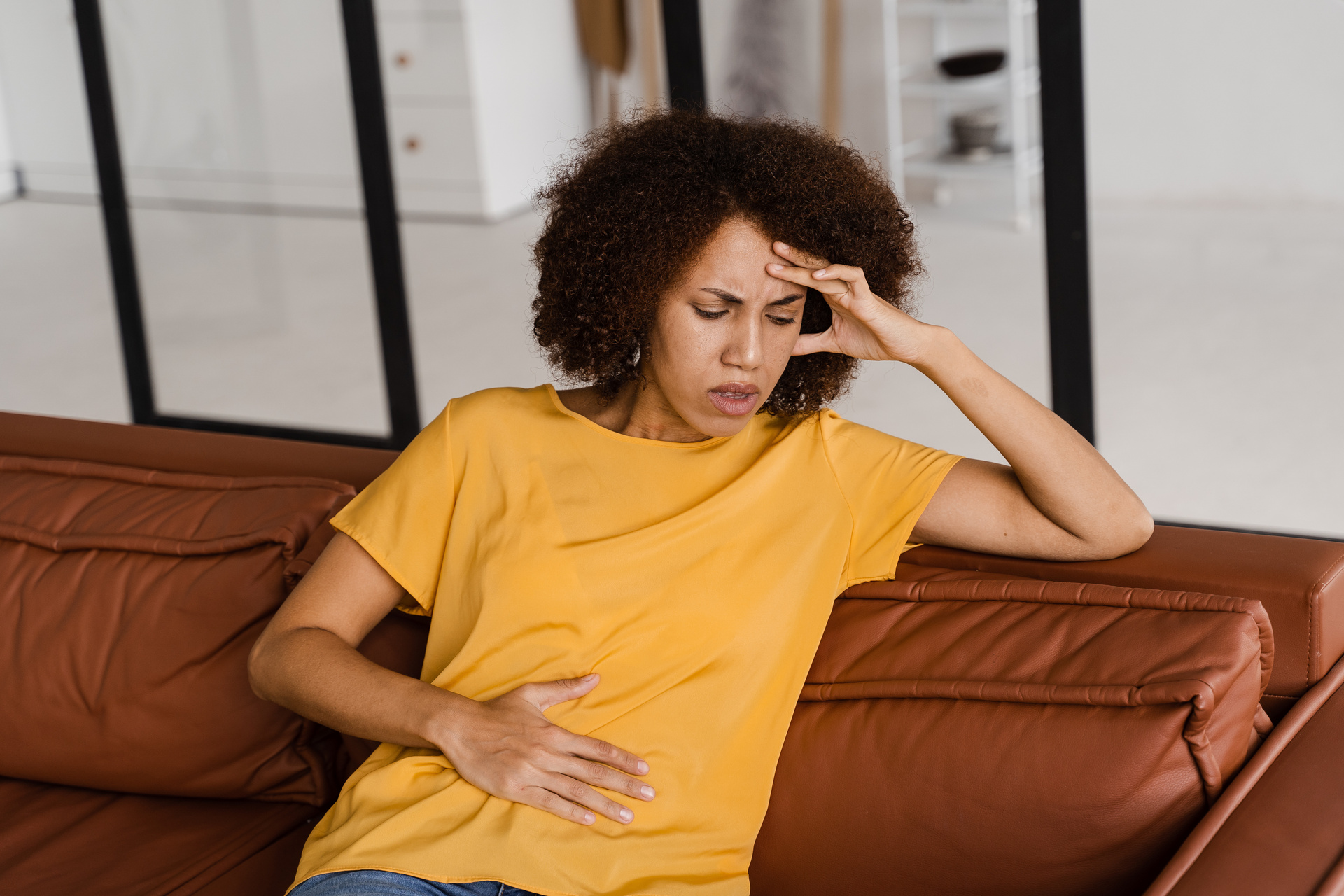

How Many Types of Fibroids Are There?
If you have been diagnosed with uterine fibroids, it is important to know that there are four different types of fibroids. Uterine fibroids are generally classified by location and can vary in size and number. These factors tend to impact the severity of a woman’s fibroid symptoms. At American Fibroid Centers, our affiliated fibroid specialists use the most advanced technology and techniques to diagnose and treat all types of uterine fibroids. They perform Uterine Fibroid Embolization (UFE), a minimally invasiveimage-guided procedure, to shrink and eliminate fibroids in a safe and effective manner. UFE allows patients to get back to their normal routine and can significantly improve common fibroid symptoms.
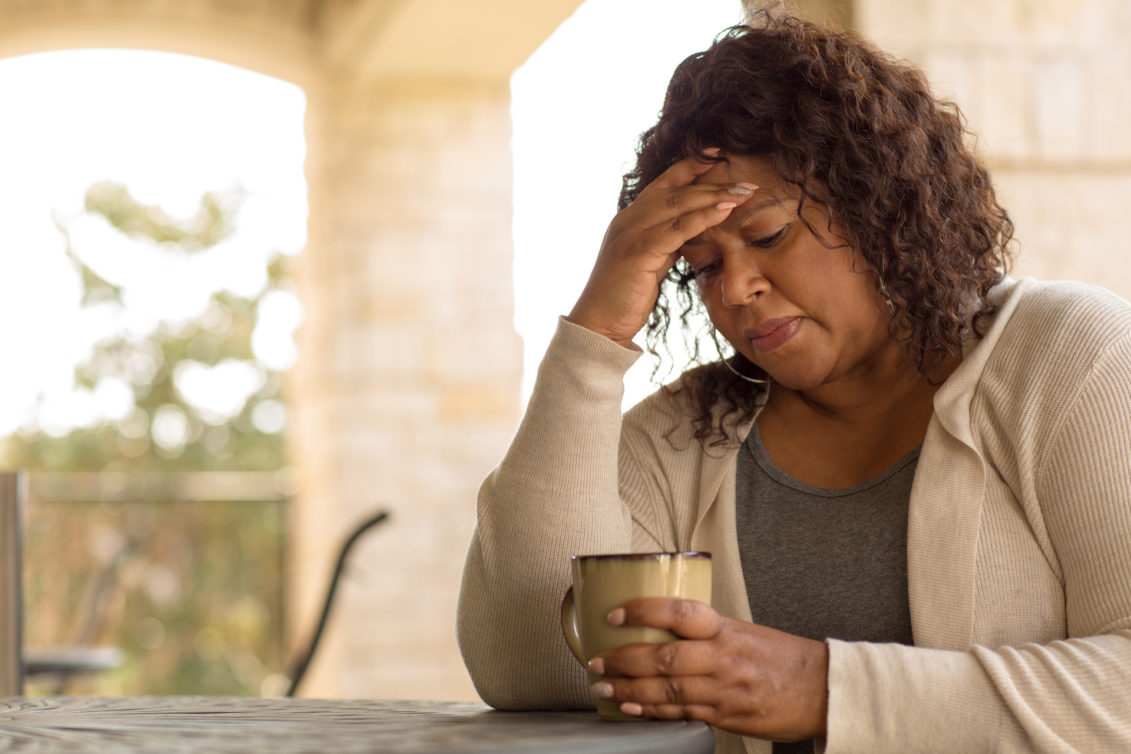
The Four Types of Fibroids
The location of your fibroids in the uterus is what determines the type of fibroids you have. During a regular pelvic exam, your OBGYN can feel the size and shape of your uterus. If the uterus is enlarged or irregularly shaped, this is a strong indication that fibroids are present. Our affiliated physicians will then conduct a variety of tests to accurately diagnose which type of fibroid you have.
Intramural Fibroids
Intramural fibroids grow within the muscular walls of the uterus and are the most common type of fibroid. Due to their location, intramural fibroids may grow larger and can stretch in the womb. Common symptoms include heavy periods that last 10 days or more, irregular bleeding between periods, and pelvic or lower back pain.
Subserosal Fibroids
Subserosal fibroids grow on the outside of the uterus, bulging into the pelvic or abdominal cavity. They can be attached to the uterus directly or via a thin stalk called a peduncle. Women with subserosal fibroids often experience more issues with neighboring organs like the bladder, rectum, or intestines.
Submucosal Fibroids
Submucosal fibroids grow into the inner layer of the uterus, the endometrium, . This type of fibroid can develop individually or in clusters, and it is most likely to cause heavy menstrual bleeding, anemia, dizziness, and faint. Other common symptoms of submucosal fibroids include bleeding between periods and passing frequent or large blood clots, pelvic and back pain. Those that bulge significantly into the uterine cavity may be treated by removal through the vagina using a hysterscope by your OBGYN.
Pedunculated Fibroids
Pedunculated fibroids are considered to be a variation of subserosal or submucosal fibroids. They grow on a stalk, or peduncle, outside of the uterine walls. Pedunculated fibroids can cause sharp stabbing pains when the fibroid rotates on the peduncle, interfering with the blood flow to the fibroid. They may be treated with camera from the outside (laparoscopy) or inside (hysteroscopy) depending on where they are located.
How are Uterine Fibroids Diagnosed?
Many types of fibroids can be diagnosed by your OBGYN through a routine pelvic exam. You may also suspect that you have fibroids based on certain symptoms. Not all fibroids cause symptoms, but some will cause pain, discomfort, and other problems, especially if they are larger. The American Fibroid Centers’ affiliated physicians use several imaging tests for fibroid diagnosis. To get a clear picture of your fibroids and their severity, your physician may order the following tests:
- Ultrasound
- MRI with contrast
How are Uterine Fibroids Treated?
If left untreated, fibroids can severely impact your quality of life with symptoms like heavy menstrual bleeding and fibroid pain. Your gynecologist may recommend certain lifestyle changes or prescribe you medications or hormone therapies to help relieve your symptoms and shrink the size of your fibroids. However, if your symptoms get worse you may need a procedure. Our affiliated physicians specialize in Uterine Fibroid Embolization, which is a less invasive alternative to a hysterectomy and treats all types of fibroids. However, your fibroid treatment depends on the following factors:
- Age
- Fertility goals
- Extent of fibroid symptoms
- Number and size of fibroids
- Type of fibroids you have
- Previous uterine fibroids treatments
- Other health conditions present
Our Fibroid Specialists
Our board-certified affiliated physicians at American Fibroid Centers are among the nation’s most respected interventional radiologists and fibroid specialists. They will work closely with you to understand your unique situation, address any questions or concerns, and provide a personalized fibroid treatment plan that best suits your needs.
What Our Patients Are Saying
Learn more about our patients’ experiences at American Fibroid Centers.
From the Experts
Get to know more about the symptoms, causes, treatment, and care of Uterine Fibroids.



